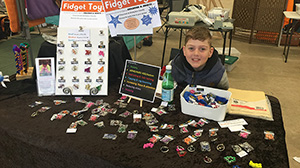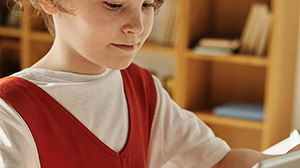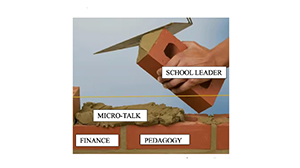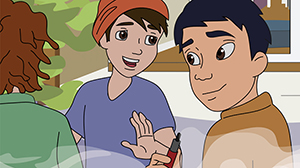
|
 For Education Leaders
Leadership - What Does Brilliant School Leadership Look Like? At Haileybury, a top-ranked Melbourne independent school, two high-performing women are leading the charge on many key leadership decisions. Rebecca Arceri, Haileybury’s first Chief Operating Officer and Anna Sever, Deputy Principal have a clear idea of the vital skills and actions needed for those leading a high-achieving school in 2025. Here are their top seven leadership insights. Read more Students' Business Ideas Sink or Swim Shark Tank is required viewing in most households and the show has inspired a new entrepreneurship program at Australian Christian College Darling Downs. Toys for the Neurospicy have a Calming Effect Kai Seymon, from Melbourne, is a little neurospicy, his condition meant he liked to have something tactile in his hands to distract and calm himself when he felt overwhelmed or stressed. So, Kai and his fidget spinner were seldom apart, which led Kai to inventing toys, helped by Mum Jo who is an occupational therapist and also a bit neurospicy, that would meet his various sensory needs. Digital Reading Isn’t the Enemy. It’s Literacy Reimagined. At first glance, a teenager curled up with a screen at 8 pm might appear to be wasting time. Micro-talk and Micro-moments: Building Presence for School Leaders and Teachers The challenge for school leaders and teachers is to establish an educational presence in the school community and classrooms. While leaders’ keynote speeches and strategic policy proclamations have their place in the establishment of credibility and trust, the key, determining factor is the much-overlooked practice of micro-talk. This often-ignored phenomenon is important in establishing leaders’ and teachers’ presence, autonomy, and agency in schools and the school community. Read more The Impact of Tobacco/E-Cigarette use on Youth Wellbeing: the ‘Big 6’ breakdown blog series In one of the largest school-based prevention clinical trials in Australia, the Health4Life program found significant associations between each of the Big 6 and depression, anxiety, and psychological distress symptoms in adolescents. |

|







